General public guests are strongly encouraged to purchase advance tickets. Reserve Tickets
Members receive free admission to the Museum 364 days a year! Become a Member
Take your Museum journey home with you. Visit the Museum Shop
Over Half a Million Artifacts and Belongings Now Properly Stored in Anthropology Collections
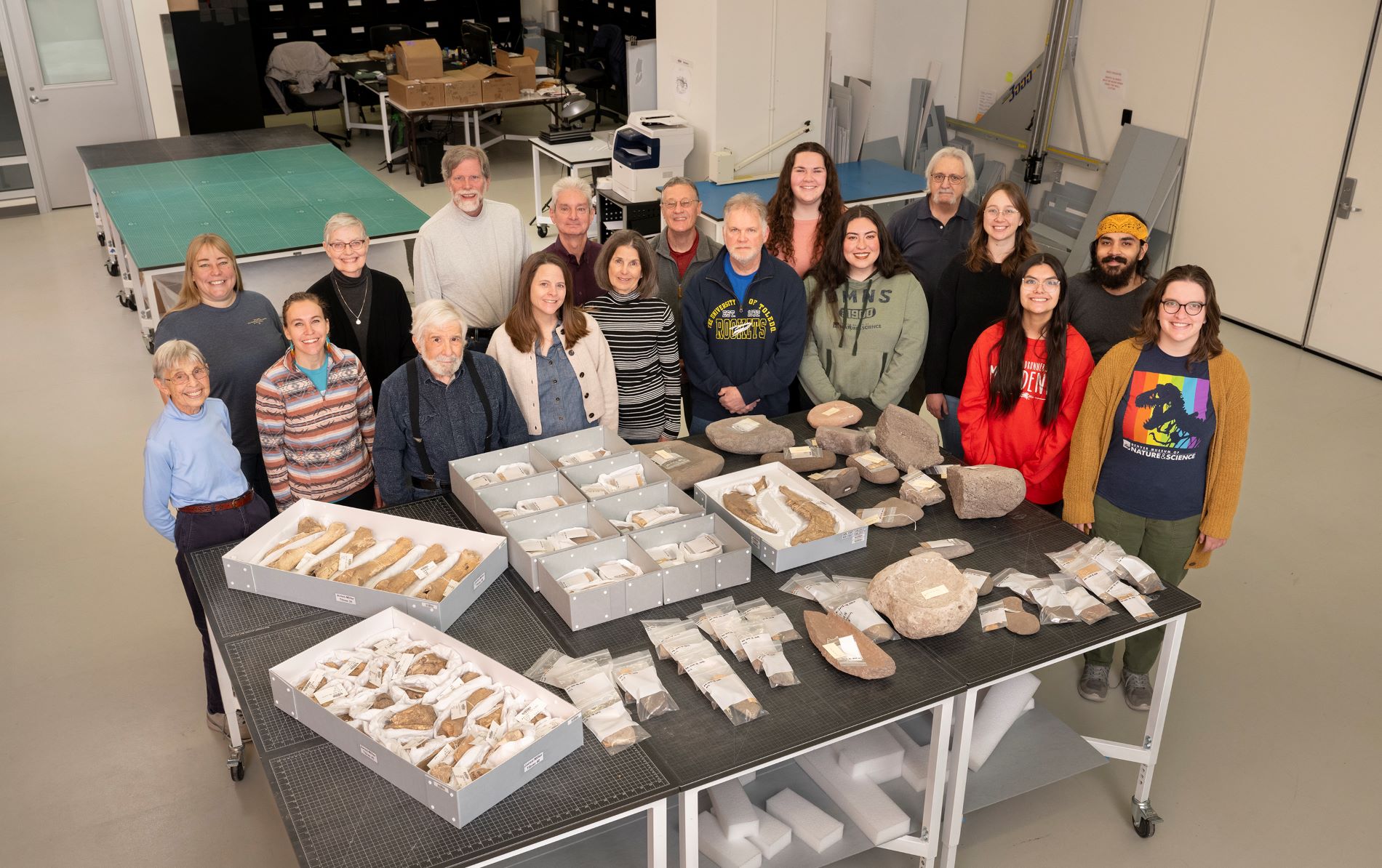
A colossal effort has been quietly unfolding over the past several years in our collections at the Denver Museum of Nature & Science. Supported by substantial grant funding totaling nearly half a million dollars, researchers at the Museum have been working to rehouse legacy collections that had been stored in facilities in Washington D.C., and Texas the past few decades. Now, the team is wrapping up the rehousing project on collection from the WS Ranch Field School and the Jones-Miller archaeological site. Over half a million artifacts and belongings are now accessible for future generations to appreciate and learn from.
Here’s an update from our efforts to rehouse both collections.
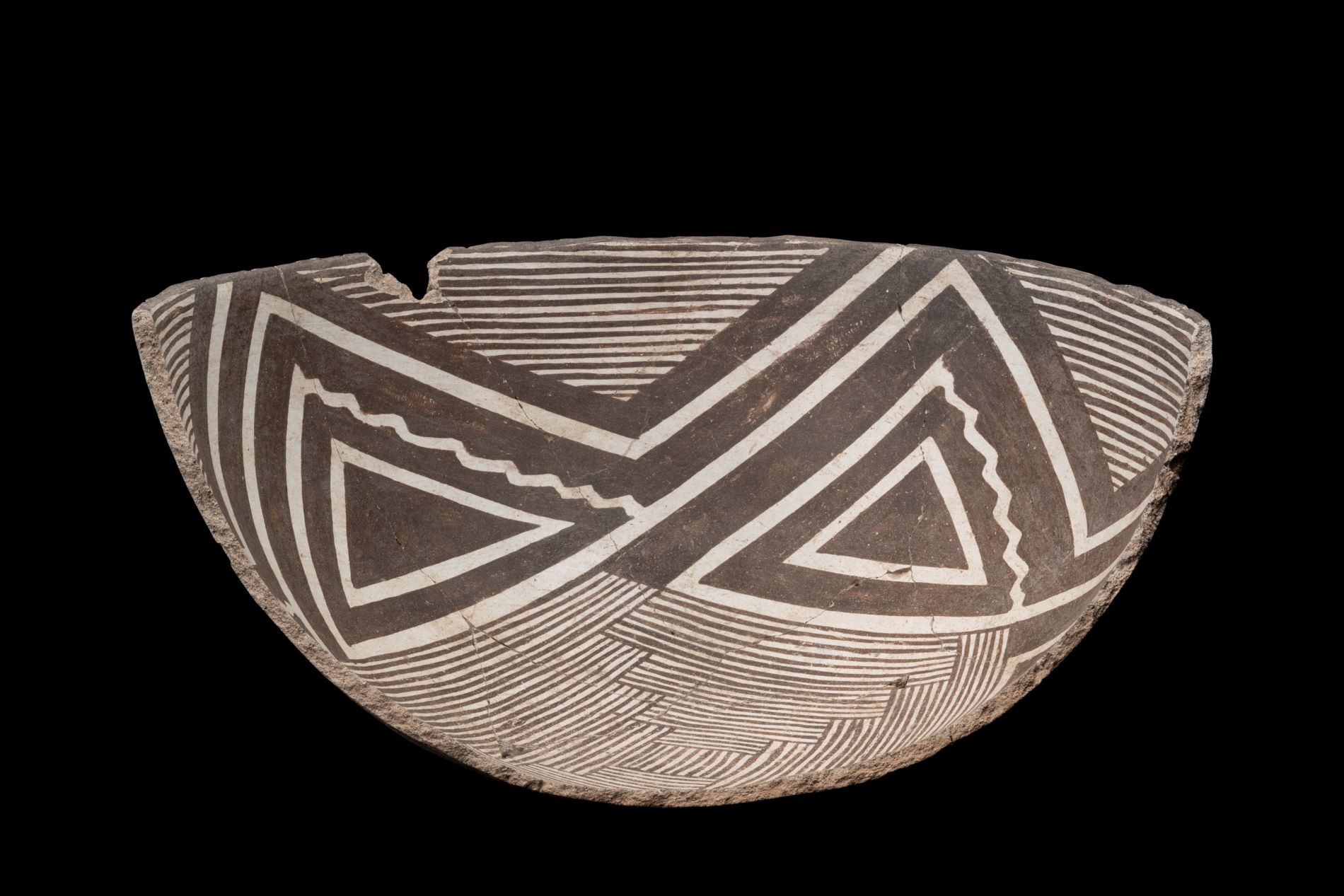
Black-on-white partial bowl from WS Ranch. (Photo/ Rick Wicker)
The WS Ranch archaeological collection includes artifacts from a large Upland Mogollon Pueblo in New Mexico. Occupied from approximately 800 to 1300 CE, the WS Ranch site represents the northernmost expression of the Mogollon culture — a civilization known for its intricate pottery, advanced agriculture and complex social structures.
The WS Ranch archaeological site was excavated between 1977 and 1994. With over 500,000 individual artifacts, ranging from pottery and stone tools to animal bones and plant remains, the collection provides invaluable insights into Southwest culture and history.
Read more: A Window into Ancient New Mexico
Initially shipped to Denver in 500 cardboard boxes, the collection has now been transferred into 699 custom-built boxes, rehousing 419,268 individual objects spanning from stone tools to pottery sherds and ensuring preservation for years to come. Along with rehousing the objects and belongings, the Anthropology Department has made meticulous documentation of 16,655 records to add to the Museum's collections database.
Read more: Teen Science Scholars Help Answer Big Questions About Colorado's Past
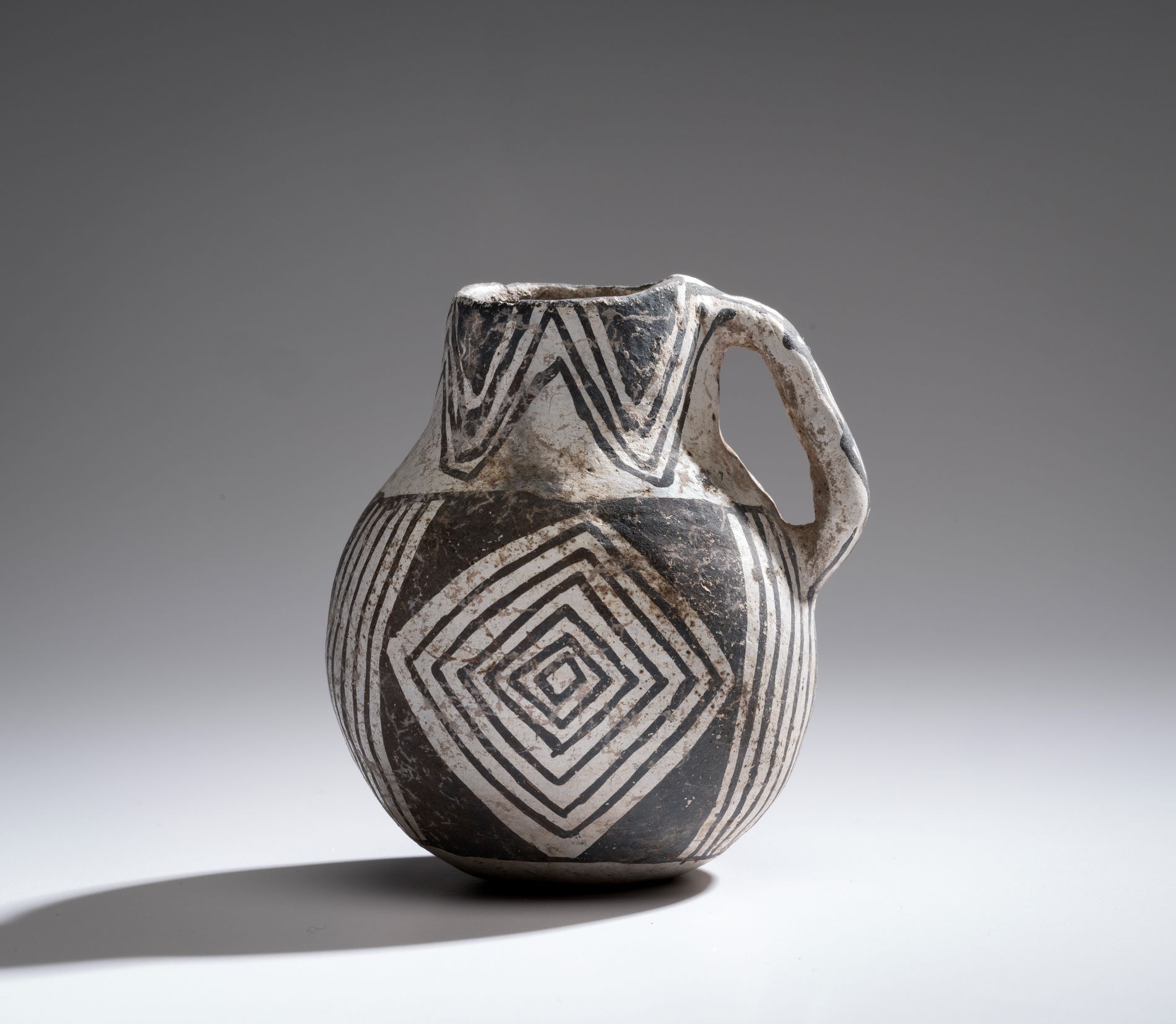
Black-on-white ceramic vessel from WS Ranch. (Photo/ Rick Wicker)
This monumental task has been made possible through the collaborative efforts of 43 dedicated volunteers and four Indigenous science interns, who have collectively contributed over 1,400 hours of work. Additionally, public education about the WS Ranch Collection has reached 287 guests, students and colleagues through two lectures and one poster presentation, furthering understanding and appreciation of this significant archaeological site.
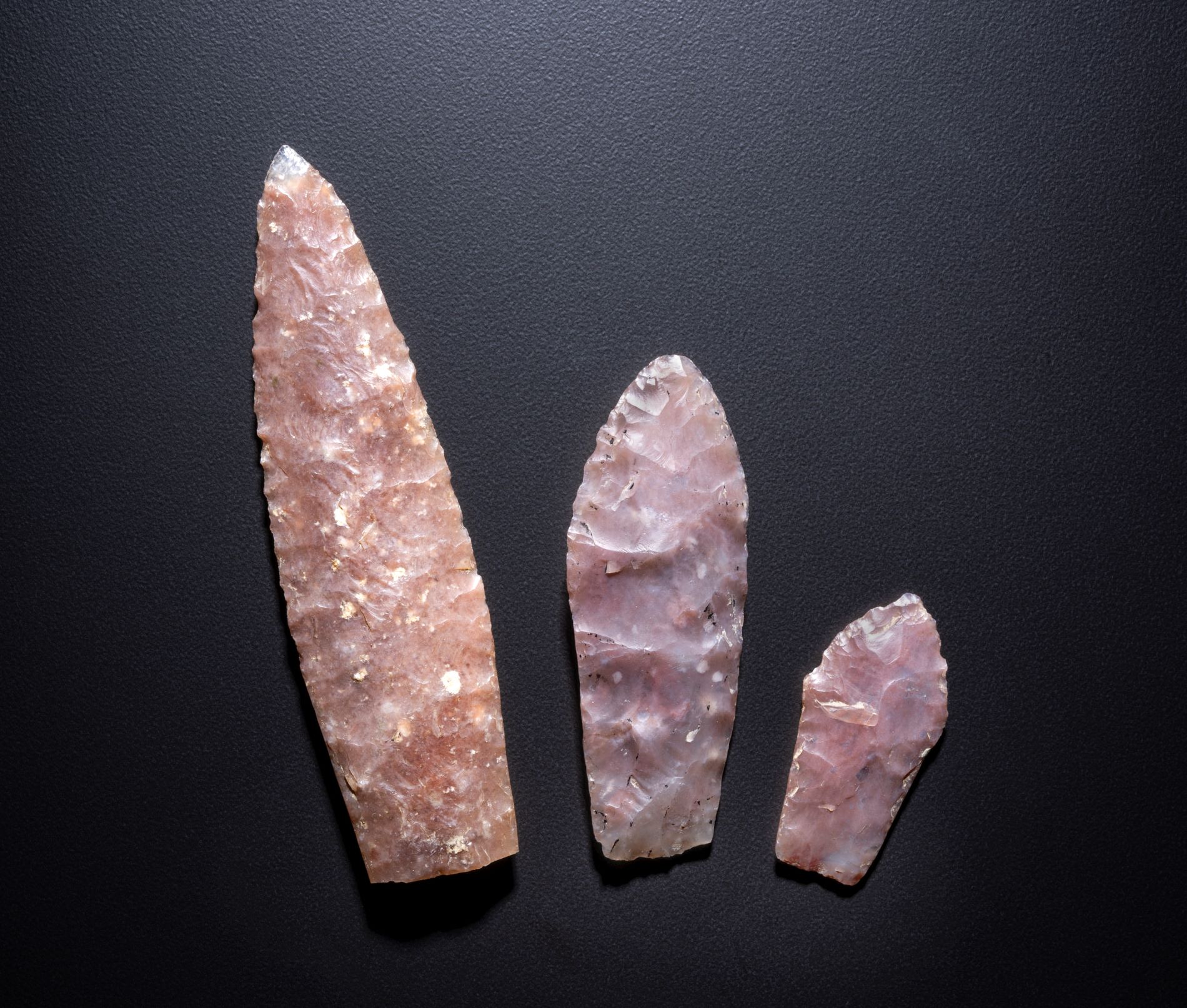
Three Hell Gap projectile points from the Jones-Miller site showing stages of tool retouch. (Photo/ Rick Wicker)
The Jones-Miller archaeological site was uncovered in eastern Colorado in 1972 and named after the farming family who currently owns the land, the Joneses, and the first archaeological investigators, Ruben and Jack Miller. The Jones-Miller Site includes the remains of between 126 and 300 butchered Bison antiquus, an extinct form of Ice Age bison. Excavated between 1972 and 1975 in collaboration with the Smithsonian and National Geographic, radiocarbon dating places the site at around 10,800 years before present.
After excavation in the 1970s, the Denver Museum of Nature & Science loaned the collection to the Smithsonian, where it remained for more than four decades. In 2017 and 2018, the Museum’s anthropology staff worked with the Smithsonian staff to pack and ship the collection back to Denver so that we could finally incorporate it into the state-of-the-art Avenir Collections Center.
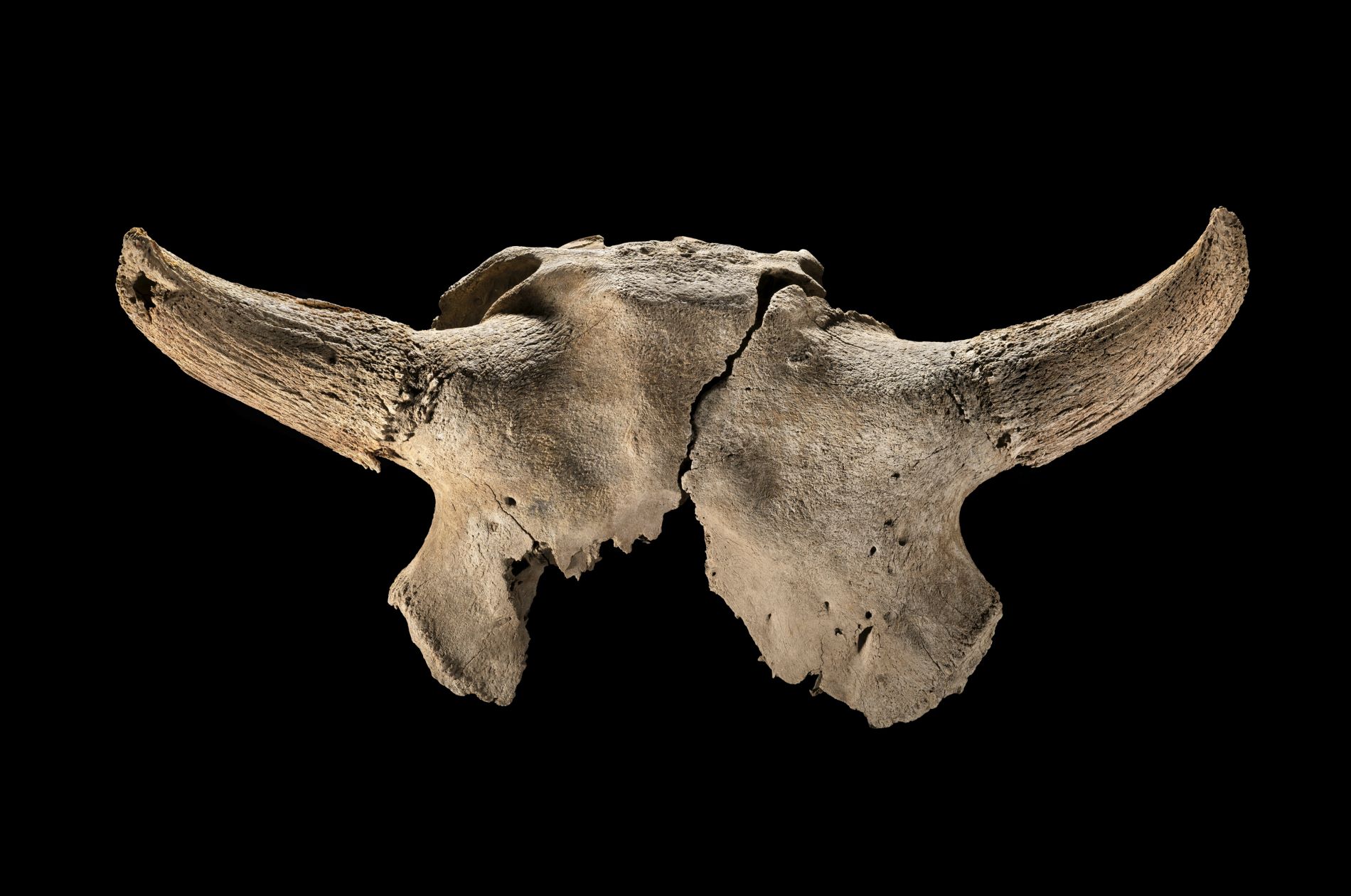
The most complete Bison antiquus skull recovered from the Jones-Miller site. (Photo/ Rick Wicker)
The meticulous cataloging and preservation efforts surrounding the Jones-Miller Collection have resulted in the documentation and safekeeping of 41,000 Bison antiquus bones and over 200 stone tools. This extensive endeavor has seen the transformation of 678 boxes of material into 1,565 custom-built holder boxes, ensuring the continued protection of these invaluable items and belongings.
Additionally, the formal documentation of over 34,000 catalog items has provided a thorough and detailed record of the collection for future reference and research. Such monumental tasks have been made possible through the dedication of a team consisting of 49 volunteers and three Indigenous science interns, who have collectively invested over 2,900 hours to this work. Furthermore, we have shared our insights from the Jones-Miller Collection to a wider audience at conferences and here within the Museum, with four lectures and two poster presentations for 378 guests, furthering the appreciation and understanding of this significant archaeological collection.
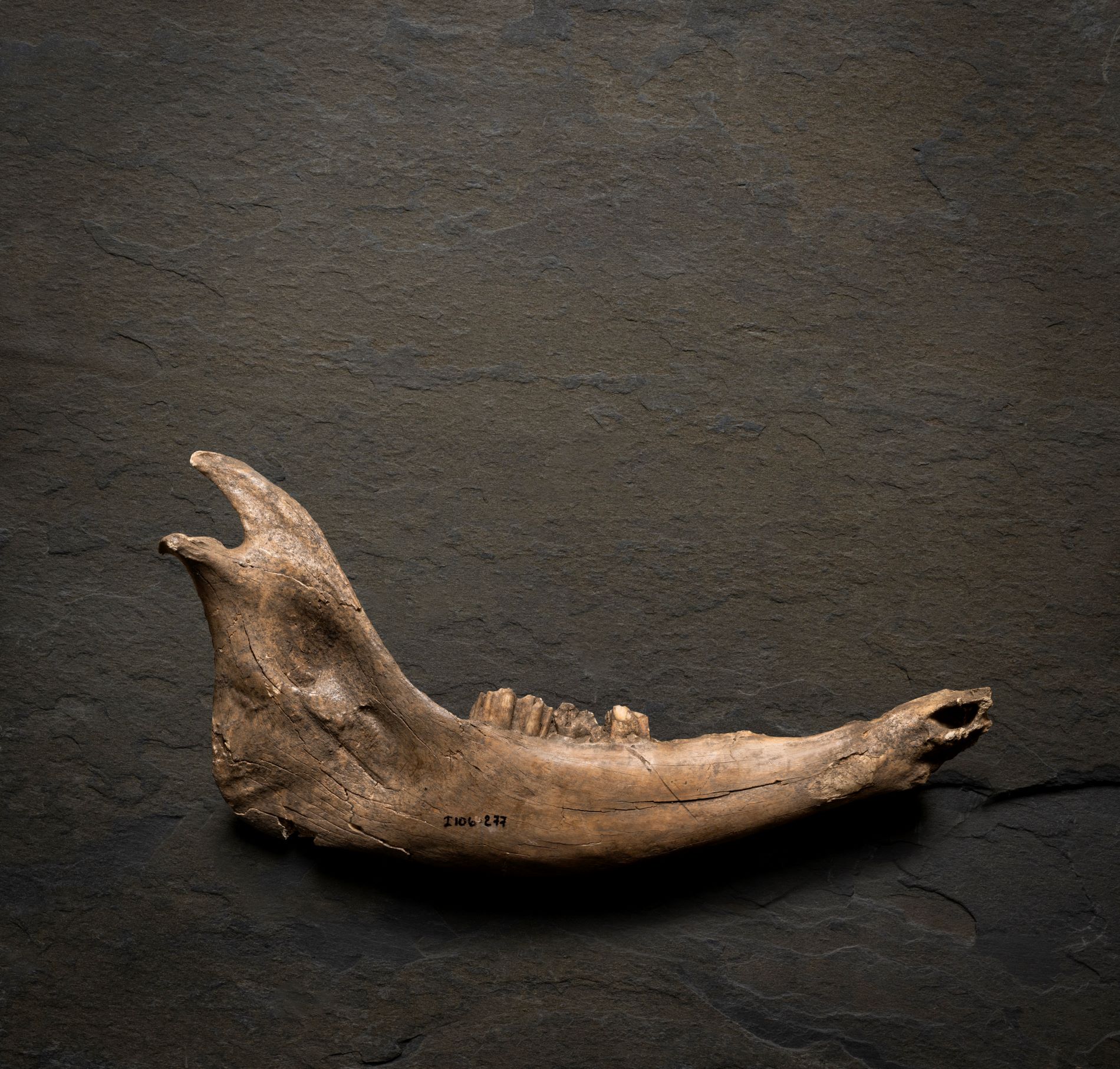
Bison antiquus mandibles, like this one from Jones-Miller, can shed light on the season of the year in which these animals were hunted and killed. (Photo/ Rick Wicker)
As the dust settles on rehousing both these large collections, we look forward to the future and the work being done with them. The faunal remains excavated from WS Ranch are currently with our colleagues at the University of Illinois, where graduate students are conducting zooarchaeological analyses that will tell us more about the relationships between the people living at WS Ranch and the animals in the environment around them.
Additionally, two graduate students from the University of Colorado Denver are currently conducting zooarchaeological analyses on the Jones-Miller collection and plan to write their theses on different locations of the butchery site. With both large collections rehoused, we welcome additional researchers to view and work with these amazing collections.
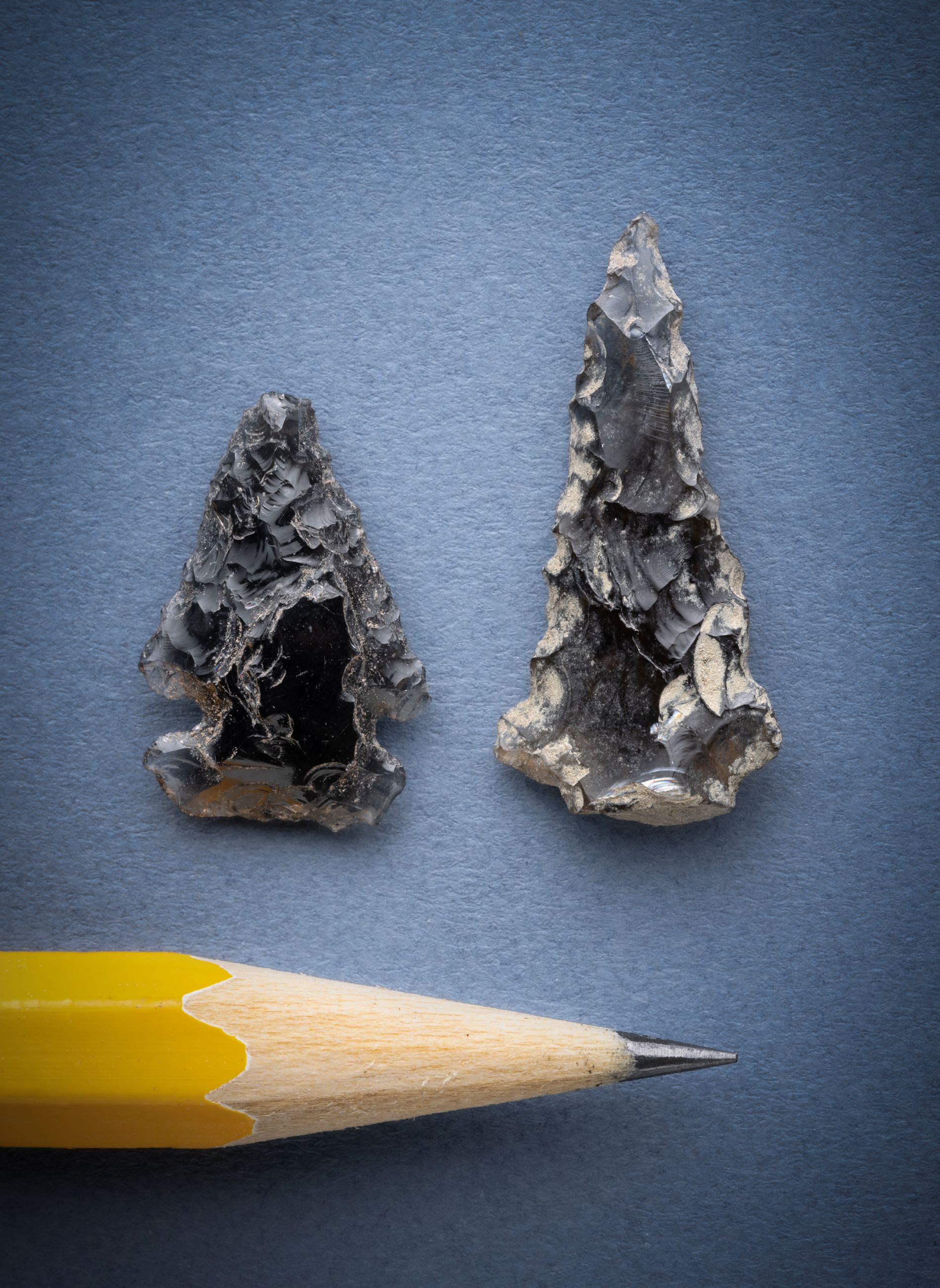
Two obsidian projectile points from WS Ranch with the tip of a pencil for size comparison. (Photo/ Rick Wicker)
These rehousing projects have fostered a spirit of collaboration and discovery. Behind-the-scenes tours, educational initiatives and outreach efforts have engaged thousands of visitors and students here in the Museum, igniting a passion for archaeology and cultural heritage.
In closing, the authors extend their heartfelt gratitude to the dedicated volunteers whose unwavering commitment and tenacity made the completion of these projects possible. Their contributions, both in time and effort, have ensured that these archeological collections continue to be accessible and available for generations to come.
This browser is no longer supported.
We have detected you are using a less secure browser - Internet Explorer.
Please download or use Google Chrome, Firefox or if using Windows 10, you may also use Microsoft's Edge browser.